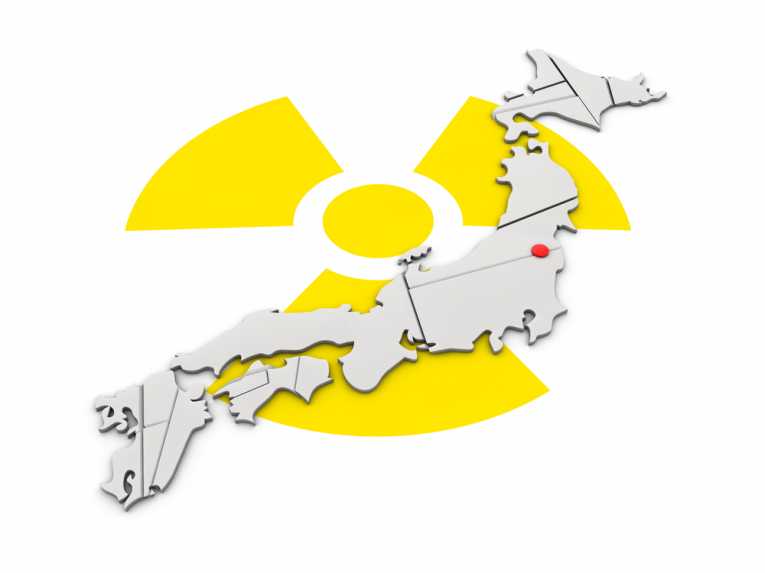Many comparisons have been drawn between the Chernobyl nuclear disaster of April 1986 and the accident at the Fukushima Daiichi reactors in March 2011. Both could be attributed to human error and in both cases large amounts of radioactive material escaped into the atmosphere.
The Chernobyl accident occurred as a result of errors during a routine systems test, while the Fukushima accident occurred because the plant's designers had underestimated the catastrophic results if the region was hit by a tsunami.
Where the two disasters differ is in the way that the aftermath was handled. Chernobyl is in the heart of the Ukraine and the totalitarian government of the then Soviet Union simply brought in buses and moved everyone out of the area that was likely to be contaminated. 359,400 people were evacuated including the entire population of the city of Pripyat. A 30km exclusion zone was then put in place.
The vast Soviet Union had the benefit of almost limitless space for relocation, but Japan, with a population density nearly five times that of the Ukraine, saw its only option as short-term evacuation followed by decontamination.
This in itself was no easy matter. Serious contamination affected an area nearly as big as Cyprus and included some 6,500 villages and a population in excess of 80,000. The start of 2012 has seen the early stages of this cleanup process. Thousands of buildings will have to be scrubbed of radioactive particles, together with the first 1,000 square kilometres of land, much of it forest and farms. Soil will have to be scraped off fields and fallen leaves and undergrowth removed from woodland near houses.
The fear, however, is that the simple removal of contaminated material can create a further environmental disaster. Removing the radioactive particles without also removing large amounts of soil, leaves and living plants is almost impossible. Current estimates are that by the time the process is complete the Japanese Ministry of Environment will have to dispose of between 15 and 31 million cubic metres of contaminated soil and debris. Recent estimates put the time-scale at 40 years before the region can be declared completely safe.
Naturally the cost of this will be astronomical. Predictions vary wildly, but some experts put this at around $260 billion. At the same time the International Atomic Energy Agency has advised that the clean up should only be what is absolutely necessary to protect human health. The question is that nobody knows how much this is. Is it sufficient to remove the top 5cm of soil, or should 10cm be removed?
The problem is that this is all new science. Time and again one reads, "Many scientists believe...", but nobody can come up with any concrete evidence. It is thought by some that even low levels of radiation can increase the risk of cancer and understandably many Fukushima residents don't feel inclined to live with that risk.
While some groups are calling for faster and more aggressive decontamination effort, other groups are maintaining that Fukushima is already safe enough to live in. Yet other groups believe that decontamination will never work and are calling the government to spend more money on relocating the dispossessed.
Meanwhile big business has moved in. Clean-up contracts have been awarded to large companies, who have taken on sub-contractors and sub-sub contractors. In the typical Japanese way, fees are siphoned off and wages dwindle each step down the ladder, with most of the actual work being done by day-workers who only have the sketchiest idea of what they are supposed to be doing.
Even if the has been a proper cleanup, heavy rain in this mountainous region can soon wash radioactive contamination back into an area that was previously declared safe, so it's back to square one.
In many cases volunteers are undertaking much of the decontamination work. Reuters ran a story of a Buddhist monk who in between praying for the souls of those killed as a result of the earthquake and tsunami , is working with a group of volunteers who are using hand held Geiger counters to look for radioactive hot spots in the area.
When such a hotspot is found, volunteers dig out the contaminated earth and load it into trucks where it is transported to a dump behind the temple. The surrounding area is then washed down with high-pressure hoses. The problem is that there are too many hot spots and too little space left to dump the contaminated earth and nobody in authority who is prepared to take it away.
It is small wonder that thousands of frustrated people currently living in temporary accommodation are convinced that during their lifetime the area will never be declared safe and the chance of ever being able to return to their homes is remote.










